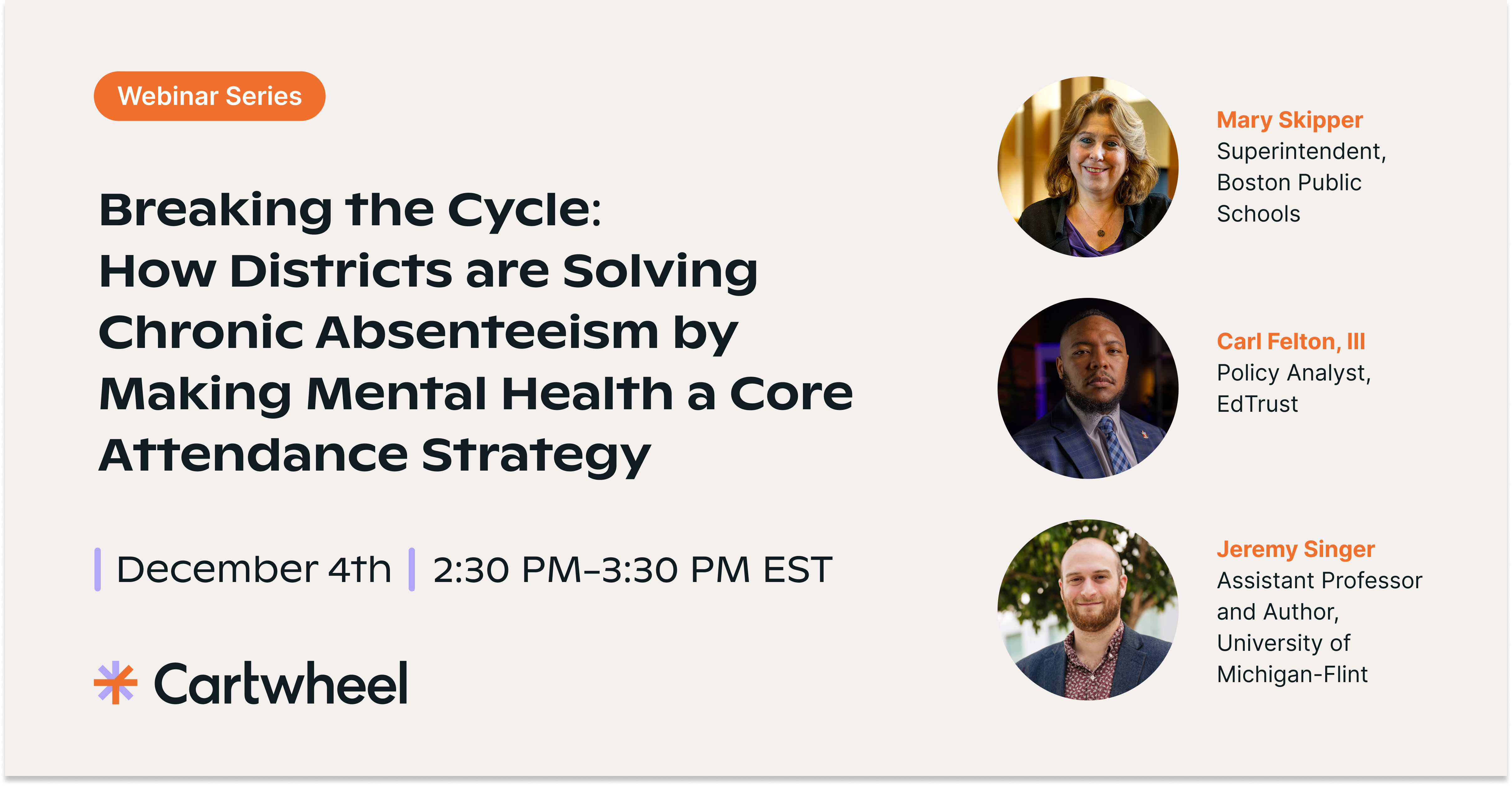More and more students are struggling with their mental health, but for most families, accessing high quality care feels impossible. Local providers have months-long waitlists, rarely take insurance, and often don’t deliver care in multiple languages.
Schools are trying to fill this gap in care. They’re trusted in their communities, and school staff are often the first to see when a student is struggling.
But despite their best efforts, school staff rarely have the time or tools to fully meet student needs. Nearly 90 percent of schools say they still aren’t confident in their ability to effectively provide mental health services to all students in need.
Community partnerships are increasingly popular to increase access to care. When done right, school-community partnerships promote earlier intervention, higher engagement in care, and better coordination among the trusted adults in a student’s life.
As a nonprofit executive and CEO of a community-based mental health clinic, I’ve helped over 1,000 schools deliver mental health services across all 50 states. Here are 10 criteria every district should consider when selecting a mental health partner:
1. In-house team of licensed clinicians
Clinics that maintain an in-house team of licensed clinicians often provide higher quality care due to standardized hiring processes and more extensive training and clinical supervision. And because these clinics directly manage their clinical schedule, they can better predict and manage availability throughout the year.
Other community partners avoid the cost of maintaining an in-house team by referring out to a network of external agencies or contractors. While this model keeps cost down, it can trade off with quality and availability.
2. Evidence-based, trauma-informed practices
Clinicians should use evidence-based techniques, such as Cognitive Behavioral Therapy and Dialectical Behavioral Therapy, as well as trauma-informed approaches (e.g., EMDR). These modalities are proven to improve symptoms of depression, anxiety, and other mental health challenges in youth. Clinicians should also track symptomatic improvement with evidence-based scales, such as PHQ and GAD.
3. Clinical services in addition to individualized therapy
Your community partner should be able to deliver a broad range of treatment options, including individual therapy as well as psychiatric evaluations, ongoing medication management, group therapy, and individual parent guidance (e.g., to work on strategies to support the child). An integrated care model allows the partner to meet a wider range of mental health needs. Families also find it less stressful to work with one team of providers, pay one bill, and learn one set of policies.
4. Rapid response
A community partner should be able to outreach to a family within 24 hours of referral from the school, and they should be able to begin treatment with a licensed clinician within 1-2 weeks. Eliminating waitlists gives peace of mind for school teams, reduces stress for families, and prevents crises for students down the line. Additionally, when patients can avoid waiting for care, research indicates that they’re more likely to follow through on treatment and engage better throughout care.
5. Flexible clinical hours to ensure access
Students and families should be able to access clinical services until 8pm on weekdays, some weekends, and during school breaks. Especially for families who work multiple jobs or have irregular schedules, these extended clinic hours can make all the difference in accessing care.
6. Care in multiple languages from multicultural clinicians
A partner should be able to deliver services in languages other than English from bicultural, native speakers. When students can receive services in their native language, they are more likely to follow through on treatment and form a stronger alliance with their clinician. Coordinating with families in their native language can also help answer questions, address stigma, and build trust among key adults in the student’s life.
7. Ability to work with all students regardless of insurance status
A community partner should be an in-network healthcare provider for 100% of students to ensure access to care. Students with Medicaid plans should not pay out-of-pocket costs, and students with private insurance should be able to access services as an in-network benefit. It’s okay if families are expected to cover a copay or deductible, just as they do with a pediatrician. Schools should not feel obliged to cover the cost of all healthcare on behalf of their families; not only is this challenging to sustain financially, it’s often unnecessary given that many families can cover copays as long as the provider is in-network.
8. Dedicated point of contact
Your partner should provide a dedicated point of contact with experience in mental health and school-based settings. Prior to launch, this contact should meet with your counseling department to understand the district’s existing mental health resources and tailor their programmatic details to your specific context. They should deliver a live training to your staff and join regular meetings with district leadership to receive feedback and consult on student cases.
9. Platform to easily submit referrals and track progress
School staff should be able to easily submit referrals, track student progress throughout treatment, and communicate with the community partner’s clinical team. Your community partner should provide a HIPAA and FERPA compliant online platform to facilitate this collaboration. The platform should provide data to counselors on their referrals and data to administrators on trends across buildings and grade bands.
10. Family-first case management services
Your community partner should provide care coordination to families to help them navigate care. Even after finding a therapist, families face countless barriers: Scheduling, insurance, coordinating with primary care, managing transportation, or finding space for telehealth. Community partners should have an in-house team of care coordinators to support families across this “care journey.”
While every community has different needs and challenges, these ten criteria can guide district leaders as they build mental health partnerships. By investing in high quality mental health resources, districts can help students get the support they need to thrive at school, at home, and in life.


.png)

.png)
